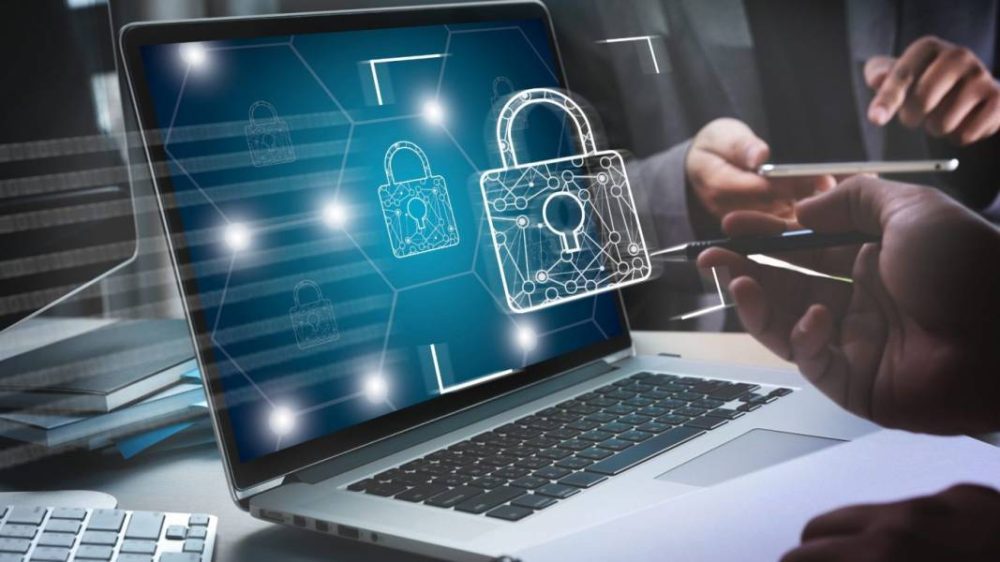The integration of physical security with cybersecurity strategies is rapidly becoming essential in the finance sector.
As threats to security grow more complex and pervasive, it’s clear that effective protection extends beyond digital defences to include robust physical safeguards. This dual-focus approach acknowledges the interconnected nature of today’s threats, where breaches in physical security can lead to digital vulnerabilities and vice versa.
Read on to find out more!

Unified Security: A Strategic Advantage
Traditionally, physical security measures—such as access controls, secure storage, and surveillance—were handled separately from cybersecurity, which focused on safeguarding data, networks, and systems from digital threats.
However, the evolving complexity of security threats has blurred the lines between these two areas. Integrating physical and cyber security enhances an organisation’s ability to respond to threats and creates a more cohesive and robust security posture.
For instance, a physical breach detected through surveillance can immediately inform cybersecurity protocols to mitigate any associated data risks.
Cost Efficiency and Simplified Management
Integrating physical and cybersecurity systems can also yield significant cost savings. Maintaining separate systems often leads to duplicated resources and efforts. A unified security system reduces overheads and streamlines processes, making management easier and more effective.
It consolidates the oversight of security measures, providing a clearer, unified view of an organisation’s security status, thereby enhancing decision-making and response times.
Implementing Integrated Security Systems
The process typically starts with a comprehensive audit of existing security measures. This audit identifies all physical and digital assets, assesses potential threats, and evaluates the effectiveness of current protocols. The objective is to identify vulnerabilities that could be exploited physically or digitally and develop an integrated response strategy.
KEYper Systems offers an example of technology that bridges physical and digital security. Their key management solutions ensure that access to physical keys is tightly controlled and monitored, safeguarding areas where sensitive data is stored or accessed. This integration alerts both physical and cyber security teams to potential threats if, for example, a data centre key is accessed unexpectedly.
Training and Technological Advancements
Effective integration also involves comprehensive staff training. Employees must understand security best practices that cover both physical and digital aspects. Simple actions, like ensuring server room doors are securely closed, are as crucial as implementing advanced cybersecurity measures.
Technological advancements are enhancing this integration. IoT devices can monitor physical security breaches and interact with cybersecurity systems to provide real-time alerts. Artificial intelligence is increasingly used to analyse behavioural patterns that might indicate a security threat, whether physical or digital.
Regulatory Compliance and Stakeholder Confidence
Regulatory compliance is a significant motivator for integrating security domains. Financial institutions face stringent regulations that demand robust security measures. An integrated approach helps ensure compliance and builds trust with stakeholders by demonstrating a serious commitment to security.
The integration of physical and cybersecurity strategies is crucial for today’s financial institutions. It enhances threat detection and response, reduces costs, and ensures regulatory compliance. As technology evolves, this integration will likely become even more seamless, strengthening the overall security framework of these institutions.
HedgeThink.com is the fund industry’s leading news, research and analysis source for individual and institutional accredited investors and professionals







































